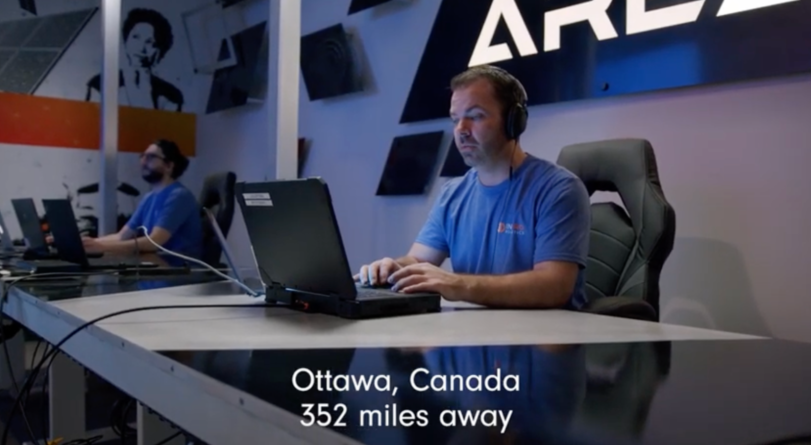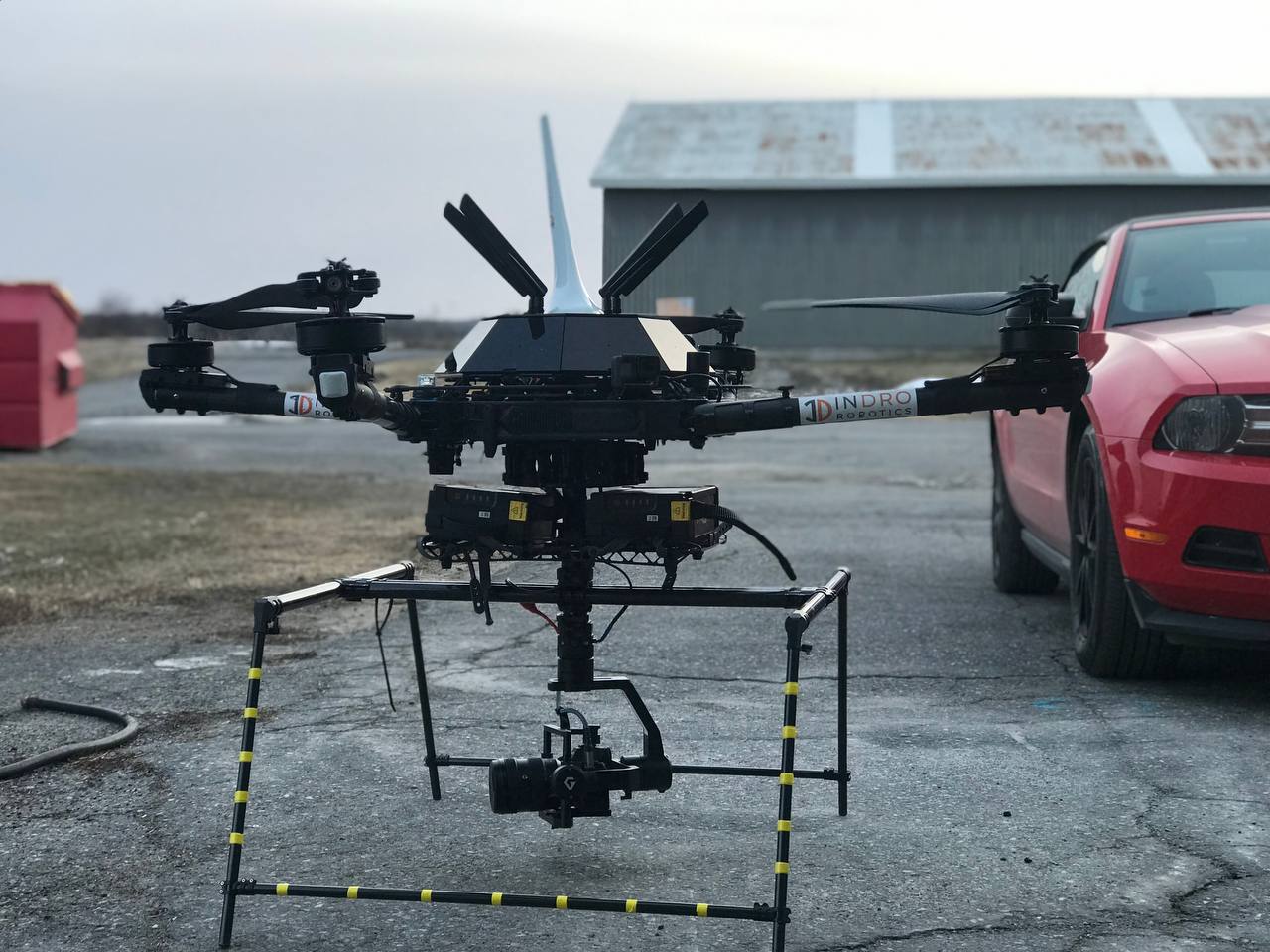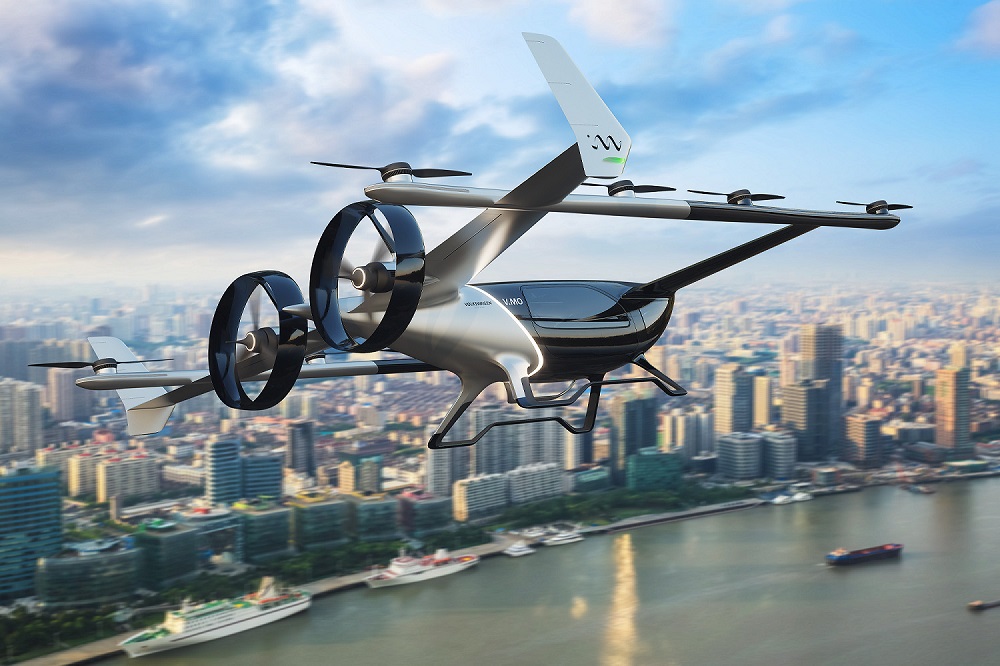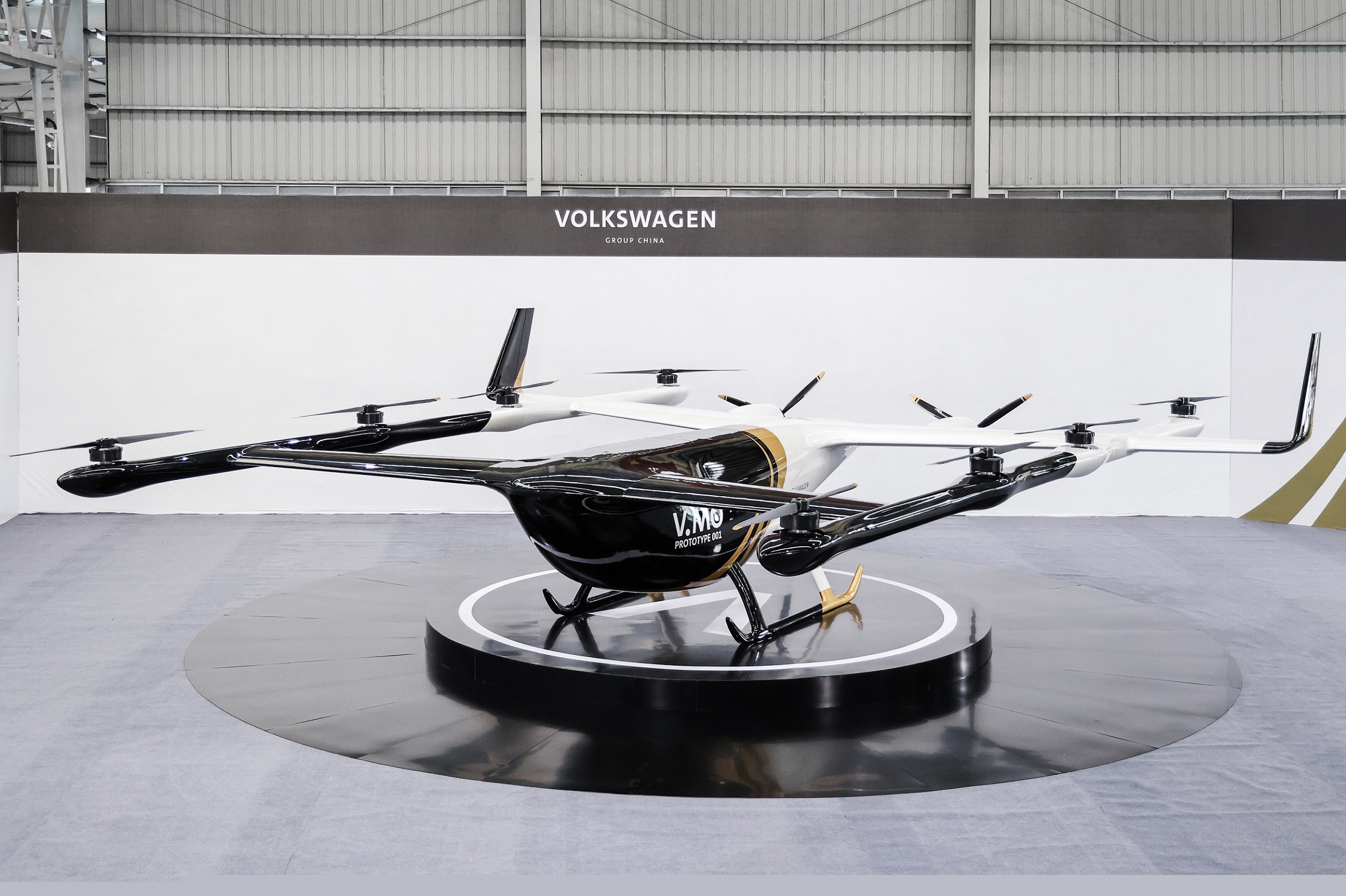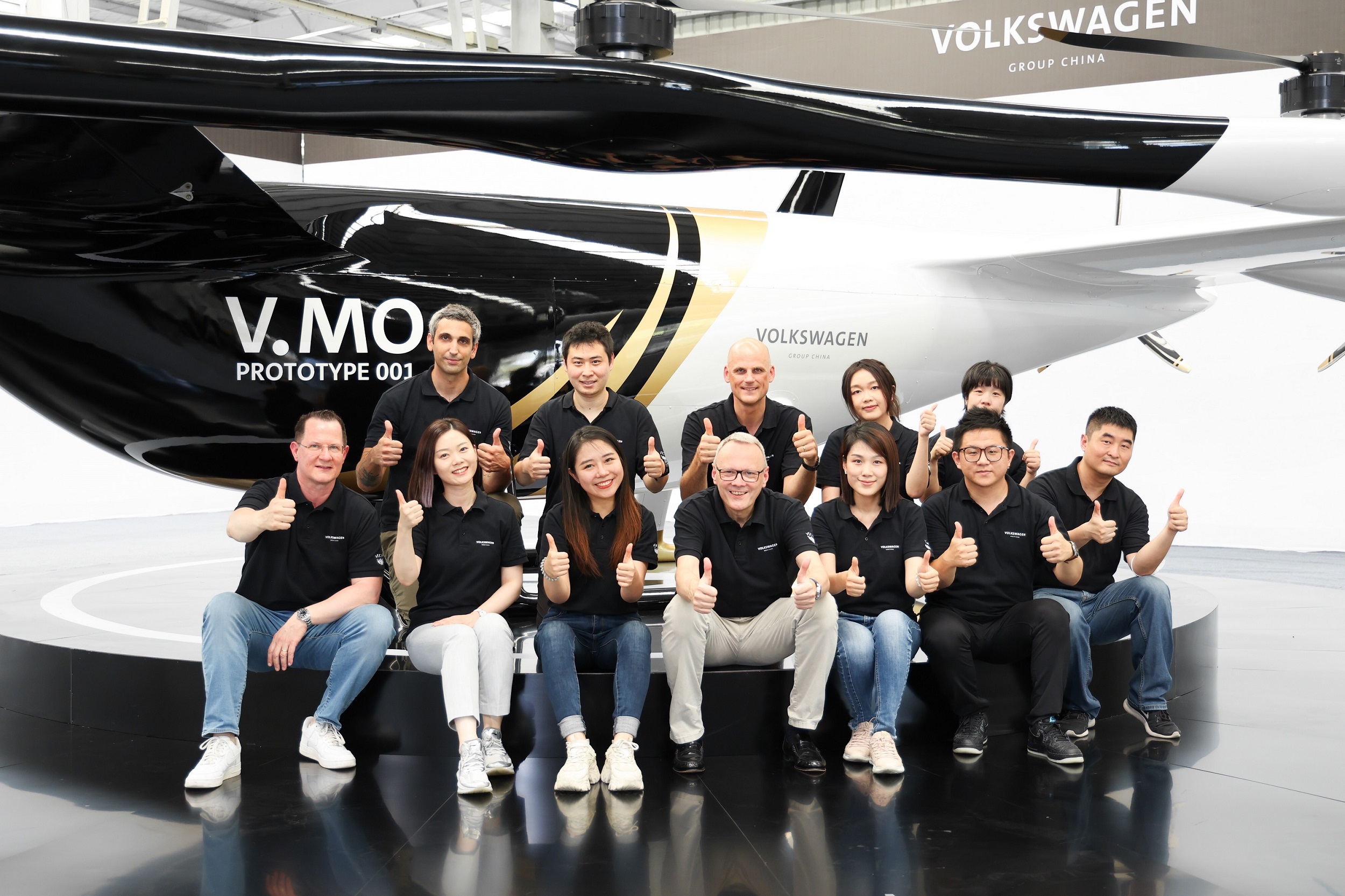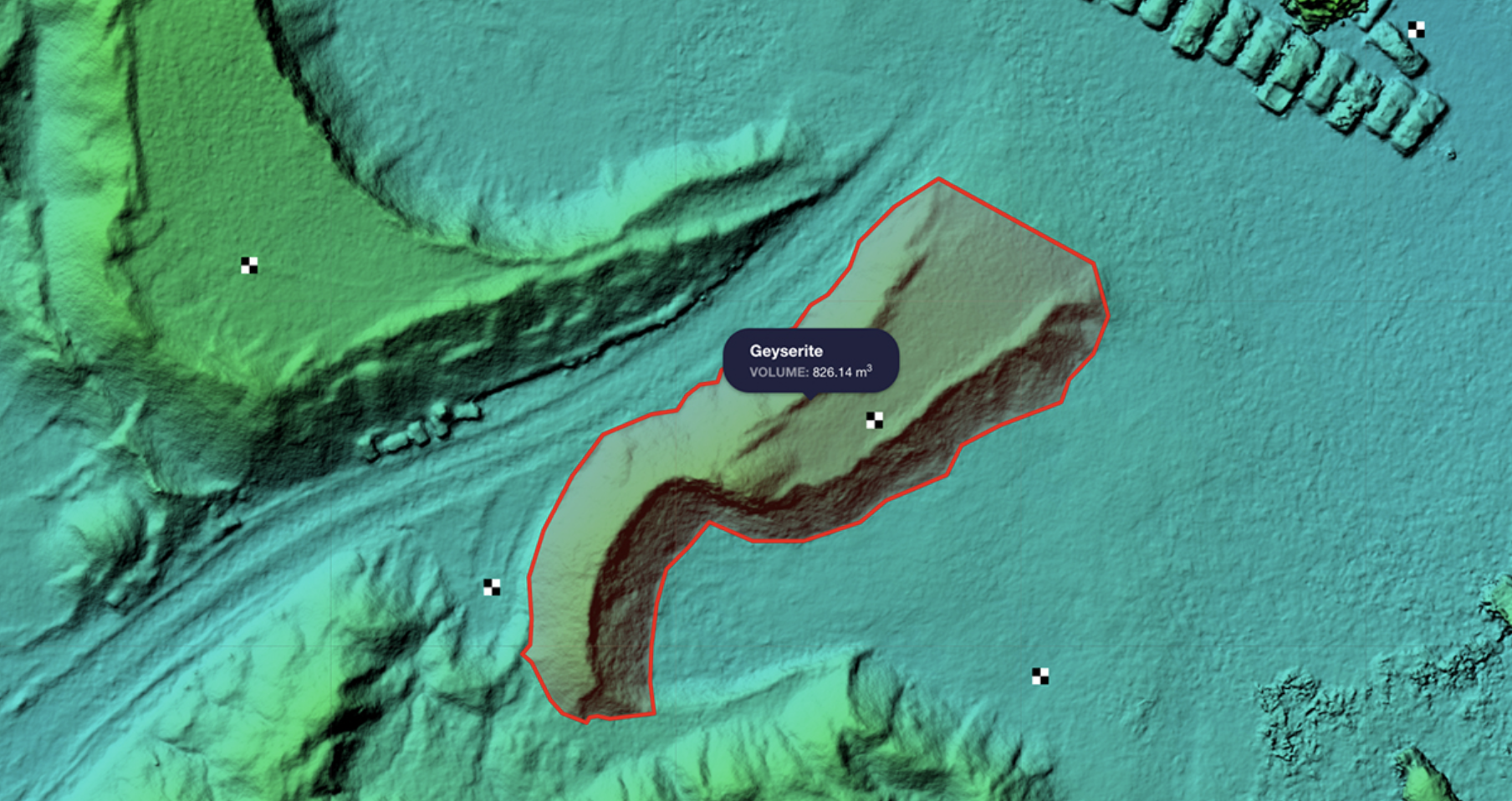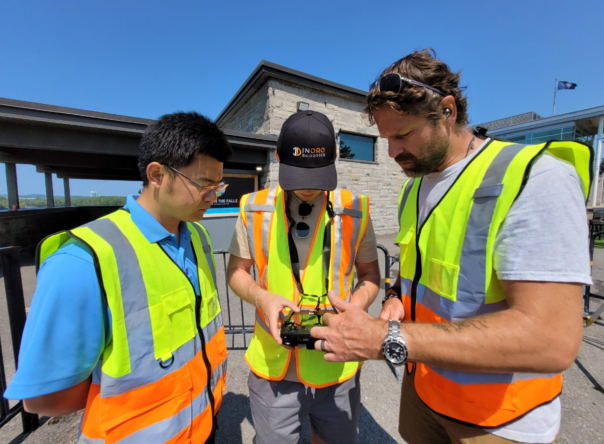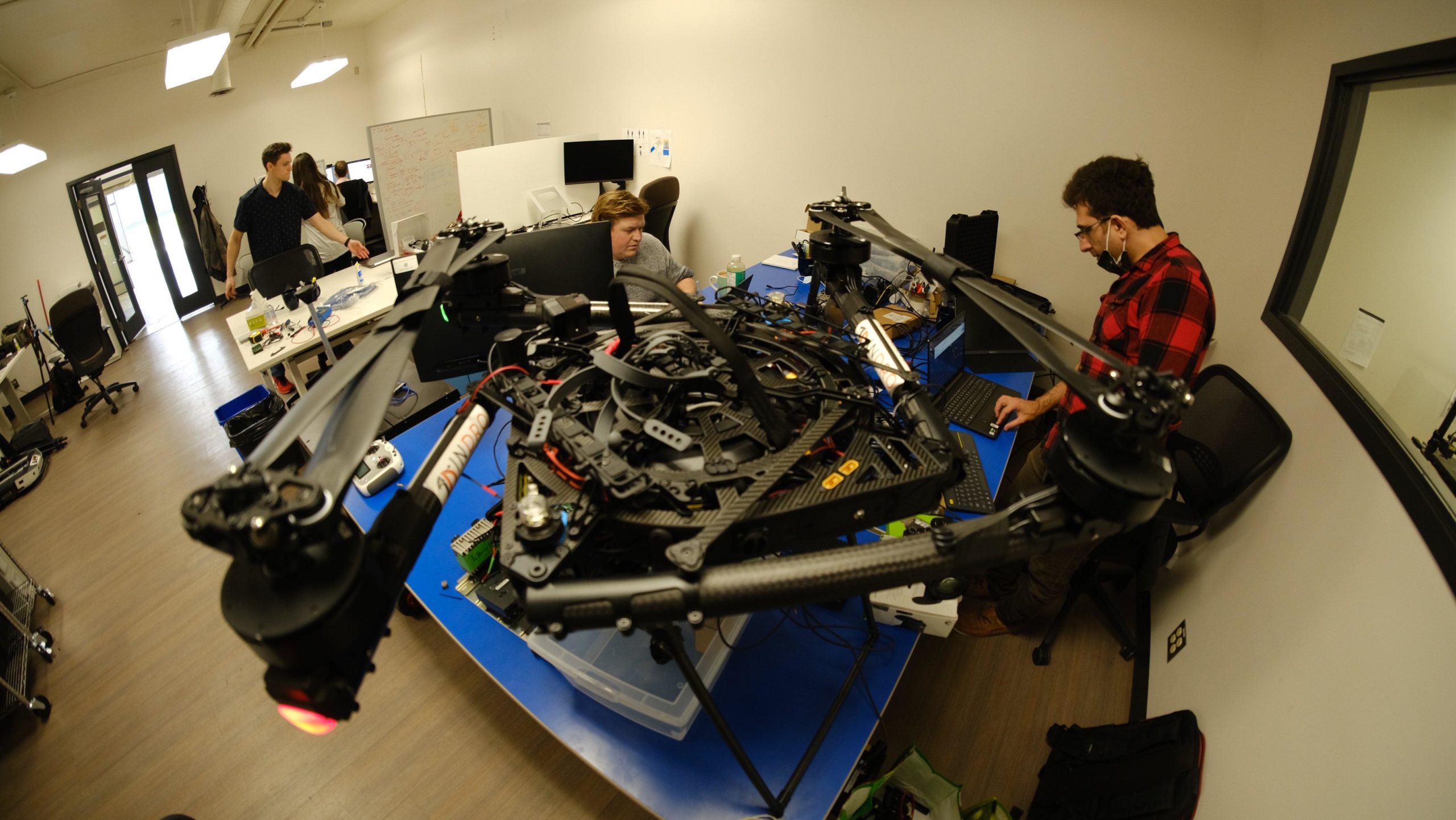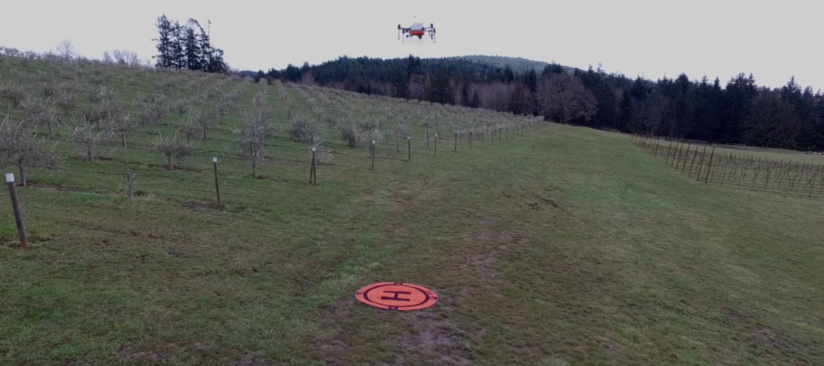
InDro’s “Drone-in-a-box” captures precision agriculture data without the hassle
Recently, we told you about a really intriguing InDro Robotics solution.
It’s one that appeals to people who need drone data – but don’t have a drone or a certified pilot. It also appeals to people who like to keep an eye on their money, and can’t quite justify the expense of hiring a contractor to come on-site.
In a nutshell, it works like this: InDro ships you a fully-charged drone with the appropriate sensor for the job. We arrange for a mission time when you’re available and the weather is cooperating.
And then what? You simply pull the drone from the box, follow our instructions over the phone, and we’ll do the flying.
In our recent post, we talked about how this is ideal for solar farms – and it is. But that’s not the only sector where we can help. Our “Drone-in-a-Box” program is also ideal for precision agriculture, an area where it’s helpful to have a professional fly the mission and crunch the data.
And that…looks like this:
Expertise
You might have noticed that video is from 2017. Which means InDro Robotics is now in its fifth year of offering remotely piloted services.
But some things have changed since that video was produced. We are now capable of remotely piloting using 5G network connections. That translates into near-zero latency for our remote pilots – and more. We now have the ability to stream even extremely dense data directly to the cloud. This means clients with 5G service in their areas have only a minimal wait time before receiving actionable data.
In the early days of this service, InDro would process the data once the drone was returned. With direct-to-cloud uploads, processing can begin literally while the mission is being carried out.
What’s more, literally any kind of aerial inspection can be done in Canada using our system. If you haven’t seen it, please take a moment and check out this more recent video: InDro inspected a large solar farm from more than 500 kilometres away:
InDro’s Take
Precision agriculture requires high-end hardware, software – and expertise. It’s not something the average farmer can simply jump into.
Yet a single flight can provide a wealth of data surrounding moisture, crop health, nutrient levels and more. That data allows farmers to save costs through the precise applications of fertiliser, water, herbicides and insecticides only where they are needed.
Clients have told us they previously shied away from precision agriculture using drones due to cost and complexity. Our “Drone-in-a-Box” is a cost-effective solution that produces results.
If you’re interested in precision agriculture, solar inspections – or any other area where a remotely piloted drone flight can capture meaningful data, get in touch. We’ll ship you a drone, we’ll fly the mission – and you’ll receive the data you need.

